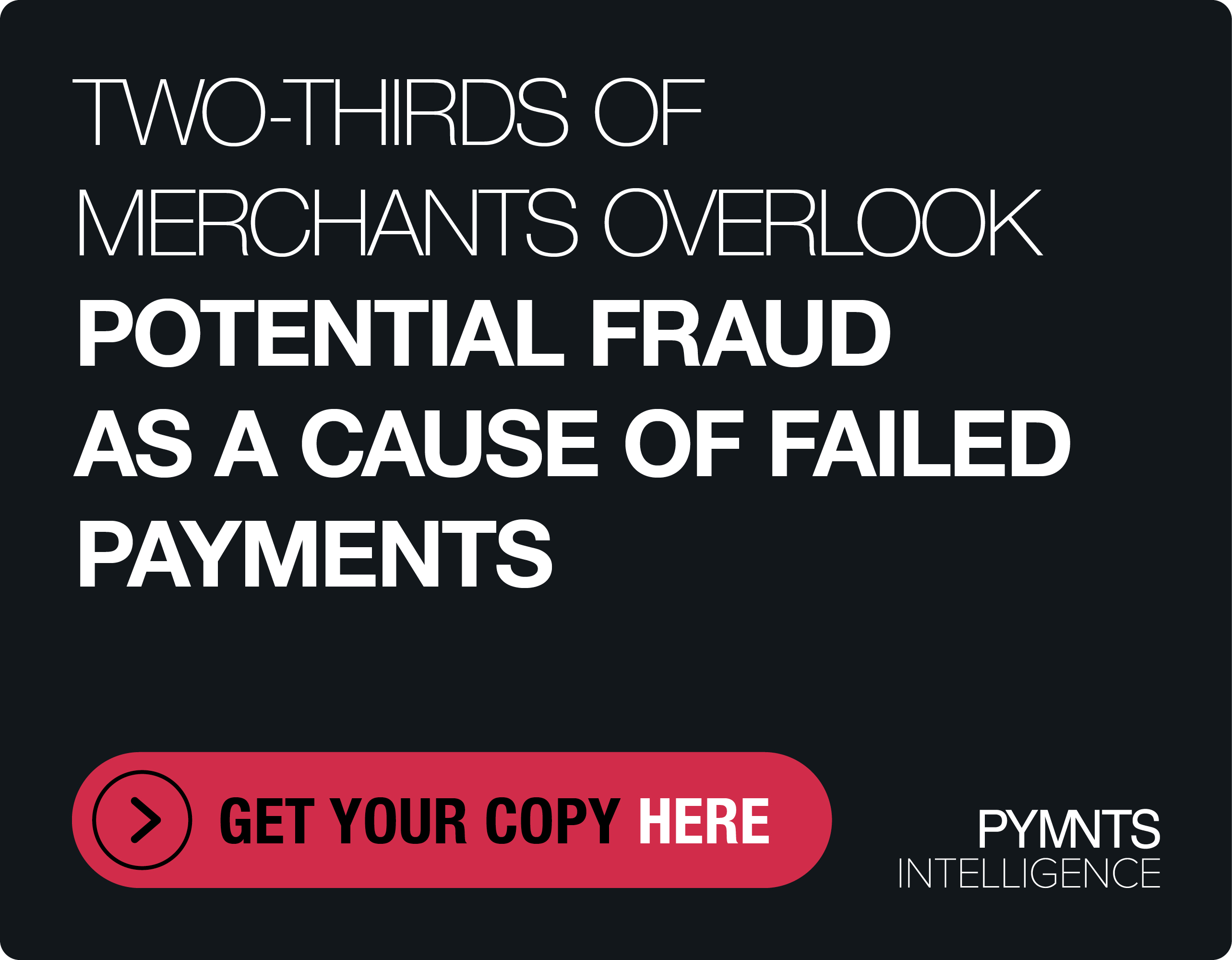Shipping Delays A Blessing In Disguise As Merchants Battle Friendly Fraud

It’s not easy to look favorably upon the shipping delays we all endured over the past year. Waiting weeks for things that once showed up on our door in a day or two was one of the early miseries of life on lockdown, and one that almost nobody could miss.
But for some, Kount Vice President of Friendly Fraud Scott Adams told PYMNTS in a recent conversation, severe shipping delays showed up as a bit of a blessing in disguise. For retailers who had never before considered plying their trade online until forced to by necessity, those delays acted as a bit of a layer of protection from the sudden uptick of fraud that started proliferating alongside the digital shift of 2020.
Because merchants who were diving into digital commerce overnight, he said, hadn’t really considered the issues before, thus making them an almost perfect target.
“They didn’t screen, they didn’t review the orders really,” Adams said. “They didn’t have technology up front to try to stop the fraud. So that creates a place for the fraudsters to really take the easiest path to get credit card numbers or personal information, whatever they want to do.”
And in that environment early on, slowed shipping gave digital retailers something of a safety net where time was concerned and a chance to stop something from shipping when it ought not.
That safety net, he said, is now gone. Shipping’s speed has more or less recovered, which means the pace of chargeback prevention, from Kount’s perspective, has to be at or near real-time to really be meaningful. The good news, Adams said, is that technology is becoming increasingly able to see fraud in all of its many forms — mostly because it can do more to see and link data across sources and verticals to identify problem transactions before they can be completed.
“We now have technology that can stop it right before that happens with our alerts,” he said. “And that flows right into the system for our AI to use and for reporting. And those alerts are near real time, so that a merchant could stop shipment or if you’re a digital company, you can stop the usage of that digital product. You can ban the gamer, you can do whatever you need to do to prevent that fraud in the future and from losing resources and revenue.”
The Face Of Friendly Fraud
Moreover, he said, it allows merchants to spot cases of friendly fraud that are increasingly proliferating as commerce is increasingly switching to digital. Because while friendly fraud is “fraud” as the credit card companies define it, he said, the person committing it is far from someone who intends to defraud anyone. Often, he said, people who share cards with a spouse or whose kids hold them will call in and report unknown transactions because they absolutely believe that a fraudster used their card.
And, he notes, there are the genuinely dishonest, who know that by calling their card company and telling a tale of not recognizing a charge they likely aren’t going to have to pay it.
New technology now makes it possible to push the transaction data to the bank. When a consumer calls in — either attempting to intentionally commit fraud or committing it unaware — there is information that connects the purchase to the consumer and reveals a friendly fraud in progress and makes it possible to push back on it. And all of this, he said, is now possible without merchants having to hire an army of new workers to become a physical fraud-fighting army.
“We have some merchants that literally automate the whole process,” Adams said. “So now there’s no need for a bunch of extra people. You just do a little bit of coding, make it so that when we push that information to you in near real-time, you can then do the refund with no human involvement.”
Fraud, Adams said, is an encompassing problem that requires the aid of technology lest it swallow a merchant entirely. And it’s not going to get better, he said. Given how thoroughly the world has undergone a digital shift in the last year, the instances of attempted fraud in both regular and friendly flavors isn’t going to decline. Attempted, he said, but not necessarily completed, because a year into digitization merchants are understanding that fighting fraud is never going to be a one-off attempt, but an ongoing and evolving battle.
“I like to continuously remind merchants, especially those newer merchants out there, that really the best way to prevent fraud is to have a full system that kind of covers everything,” he said. “From the start to finish. You want to have the pre-authorization at the start and you want to follow it all the way through the whole ecosystem so that you’re preventing it the whole time.”
